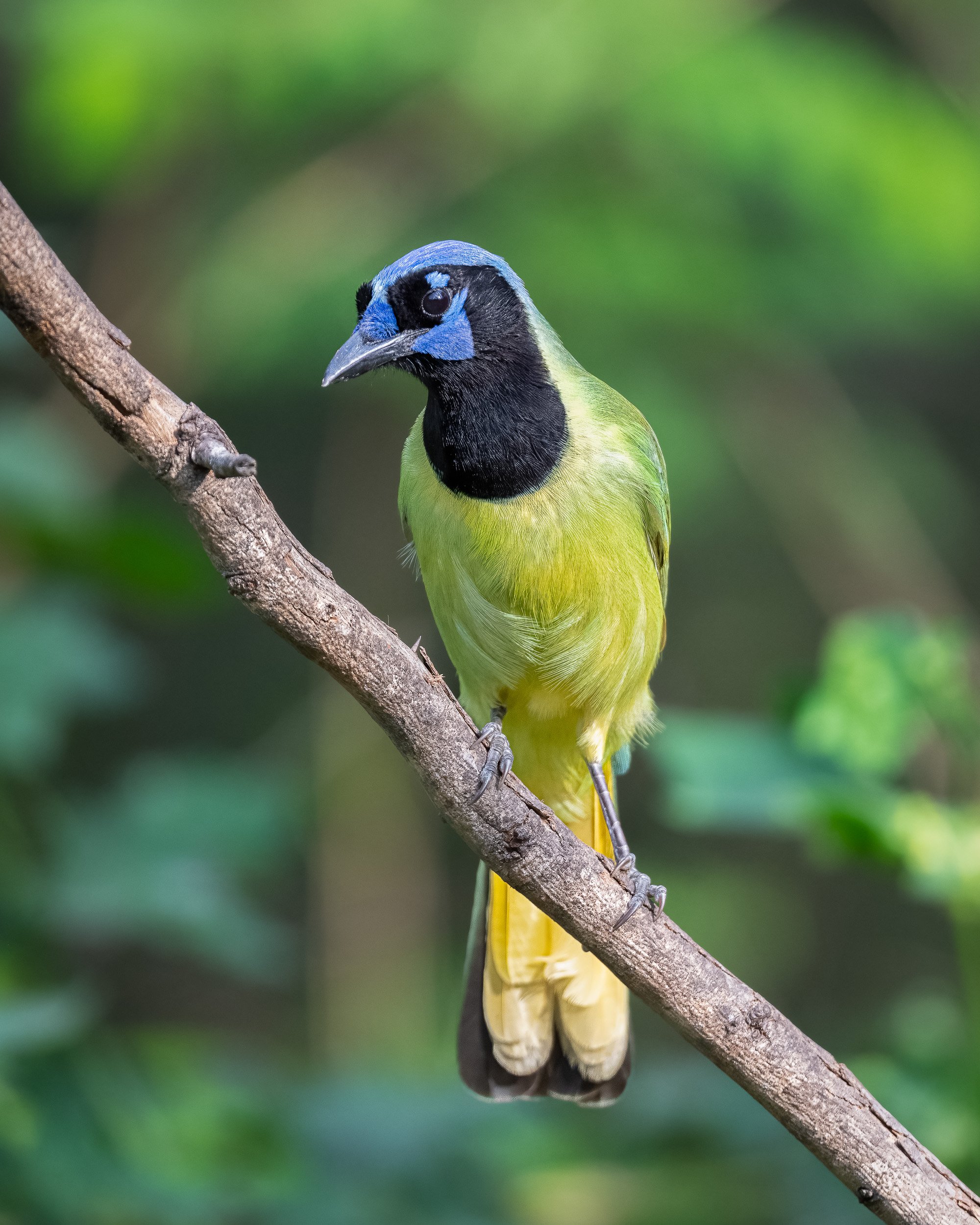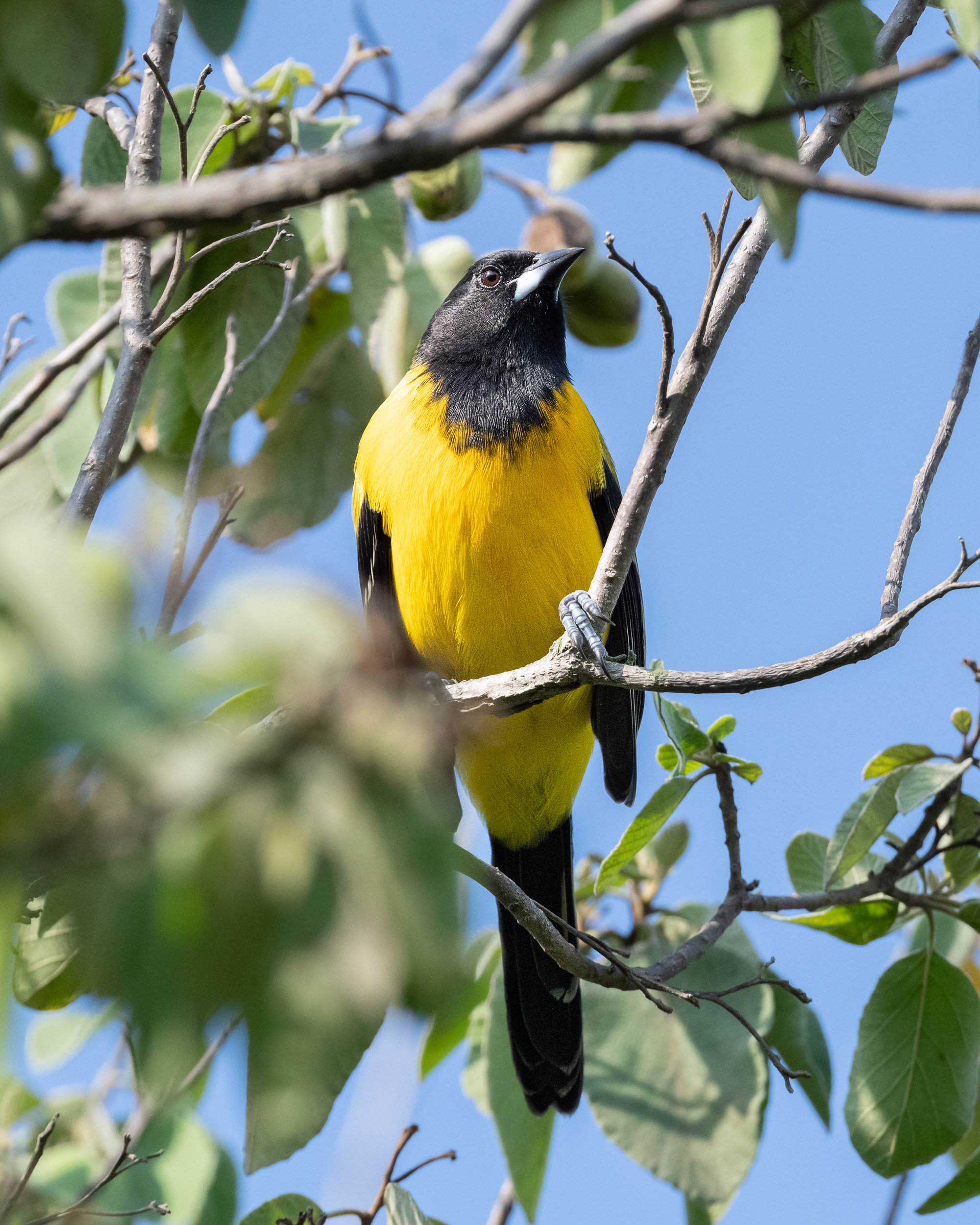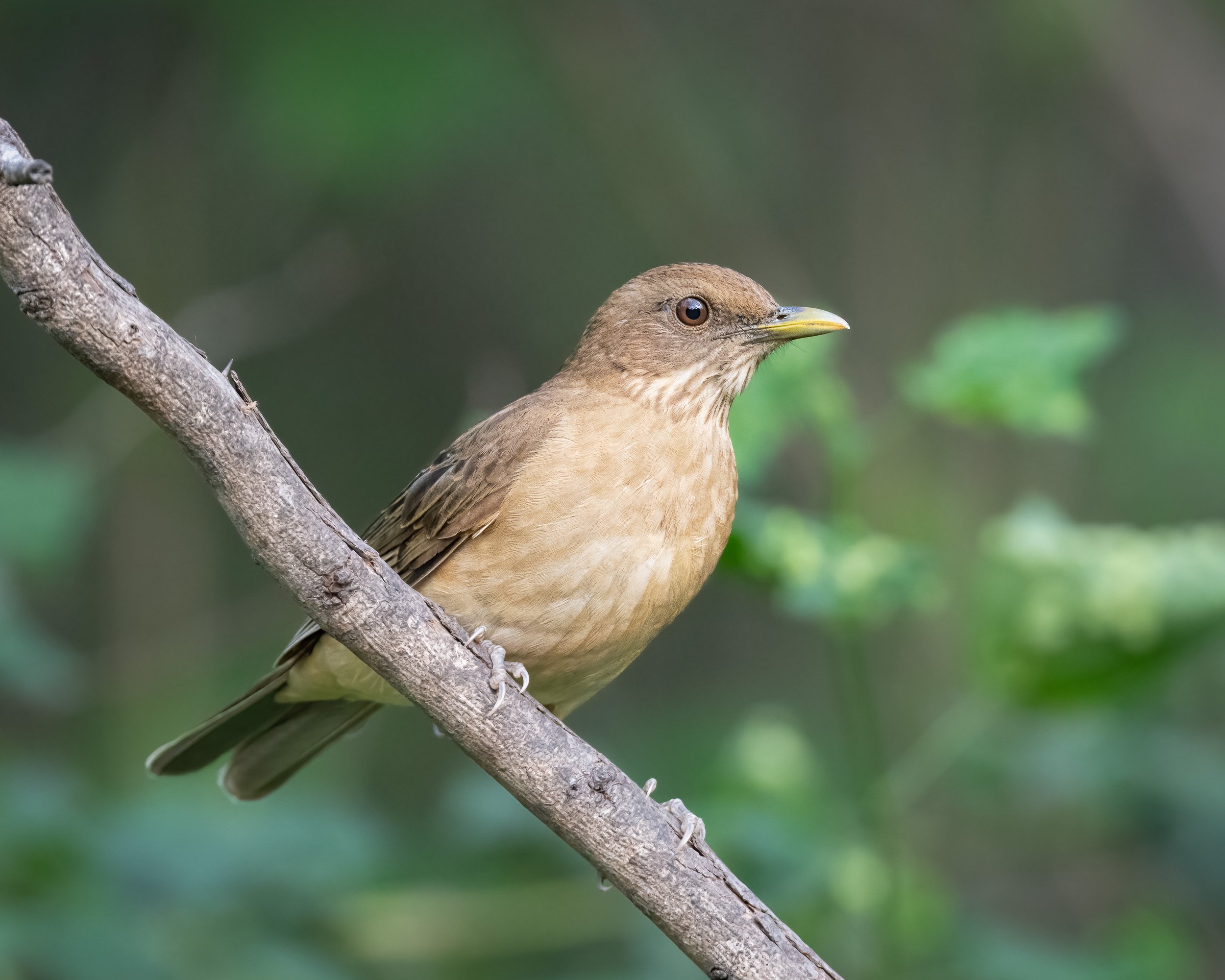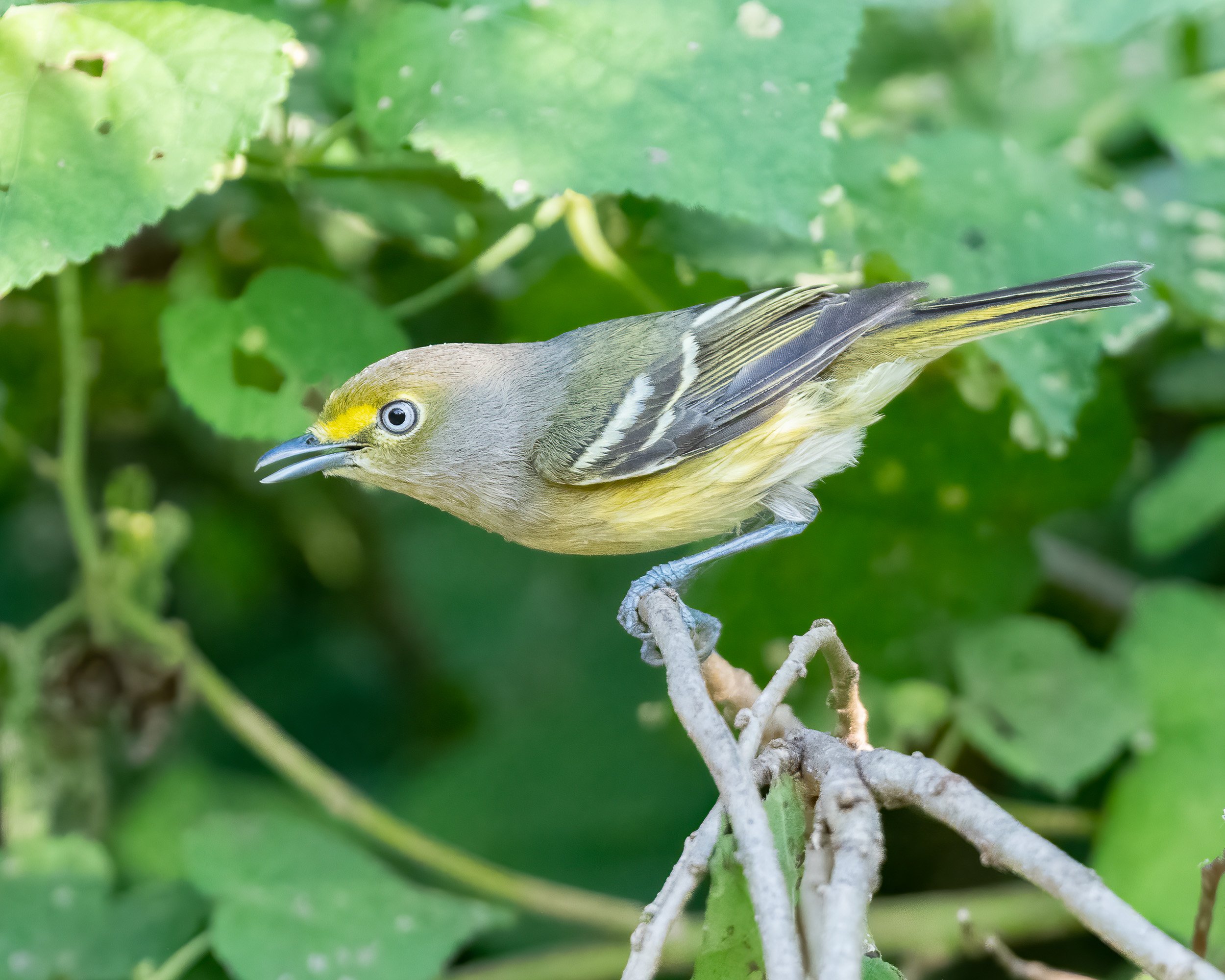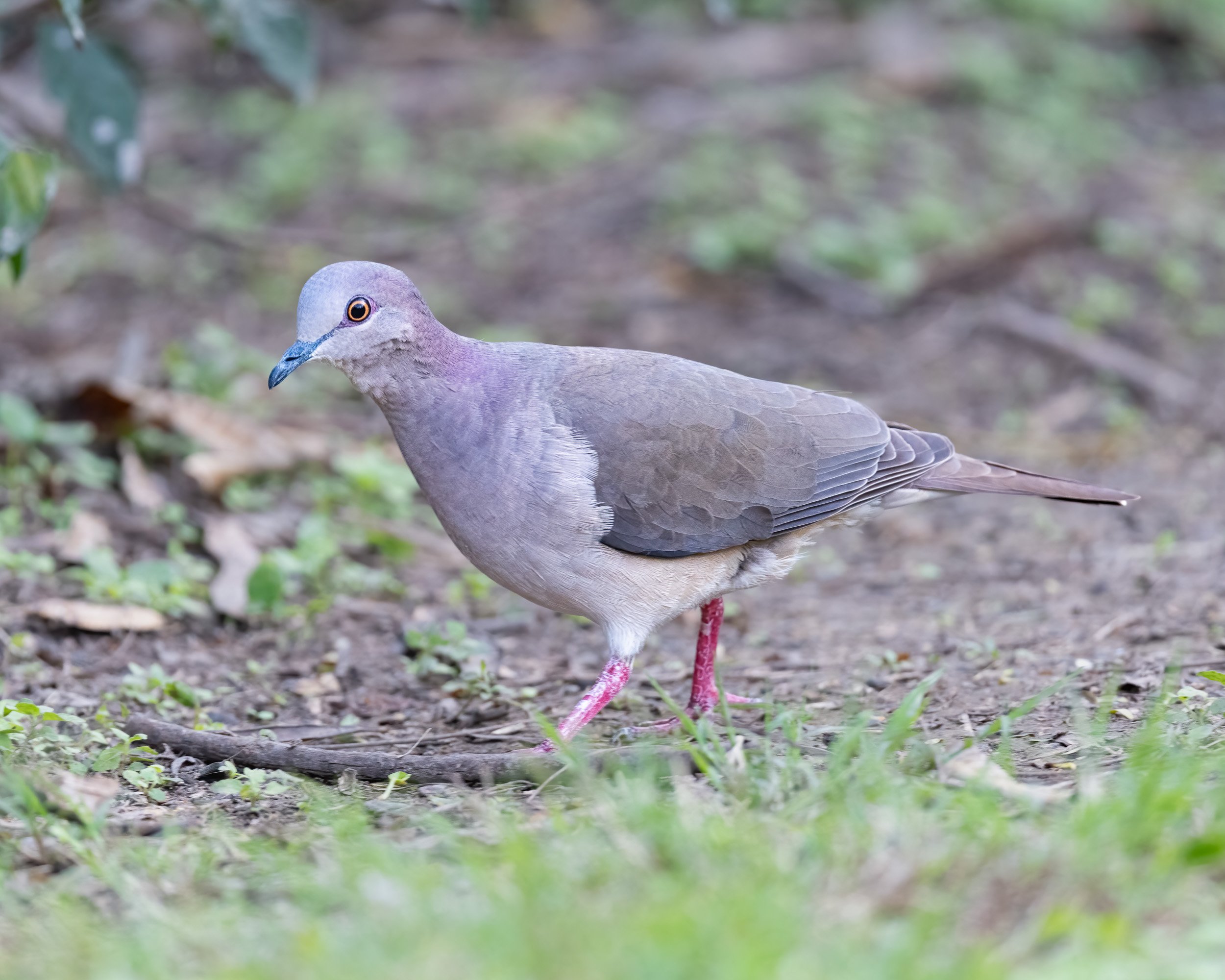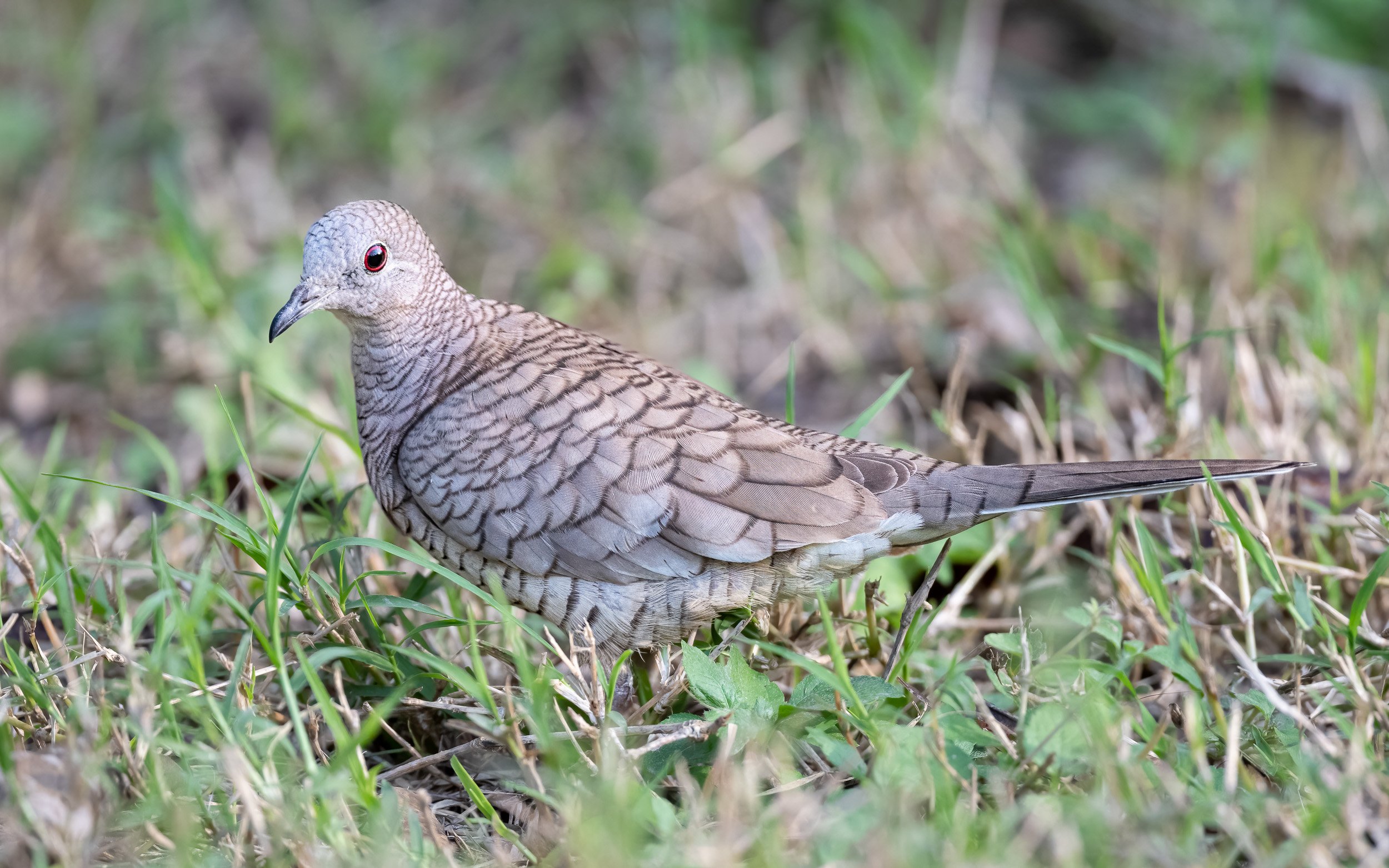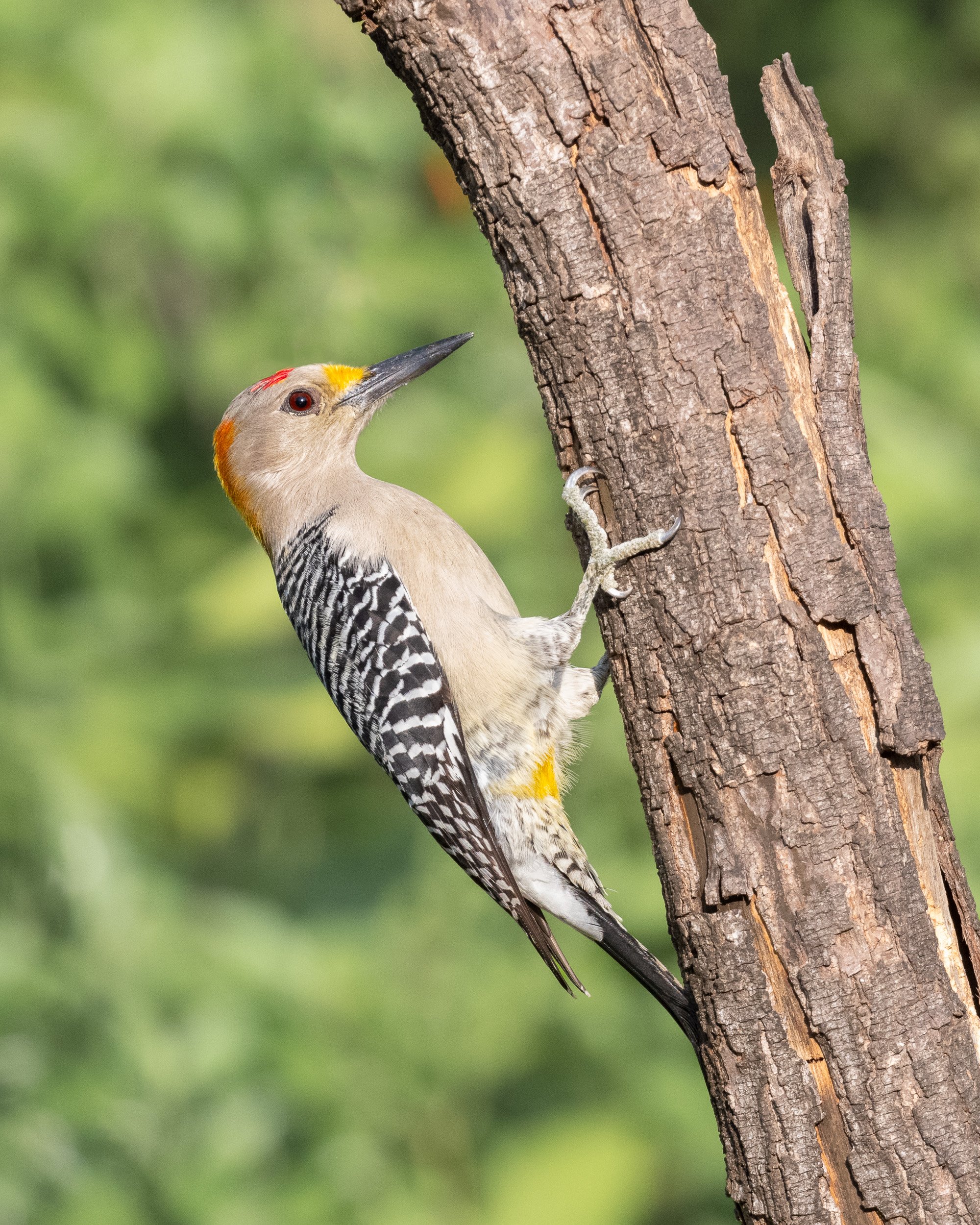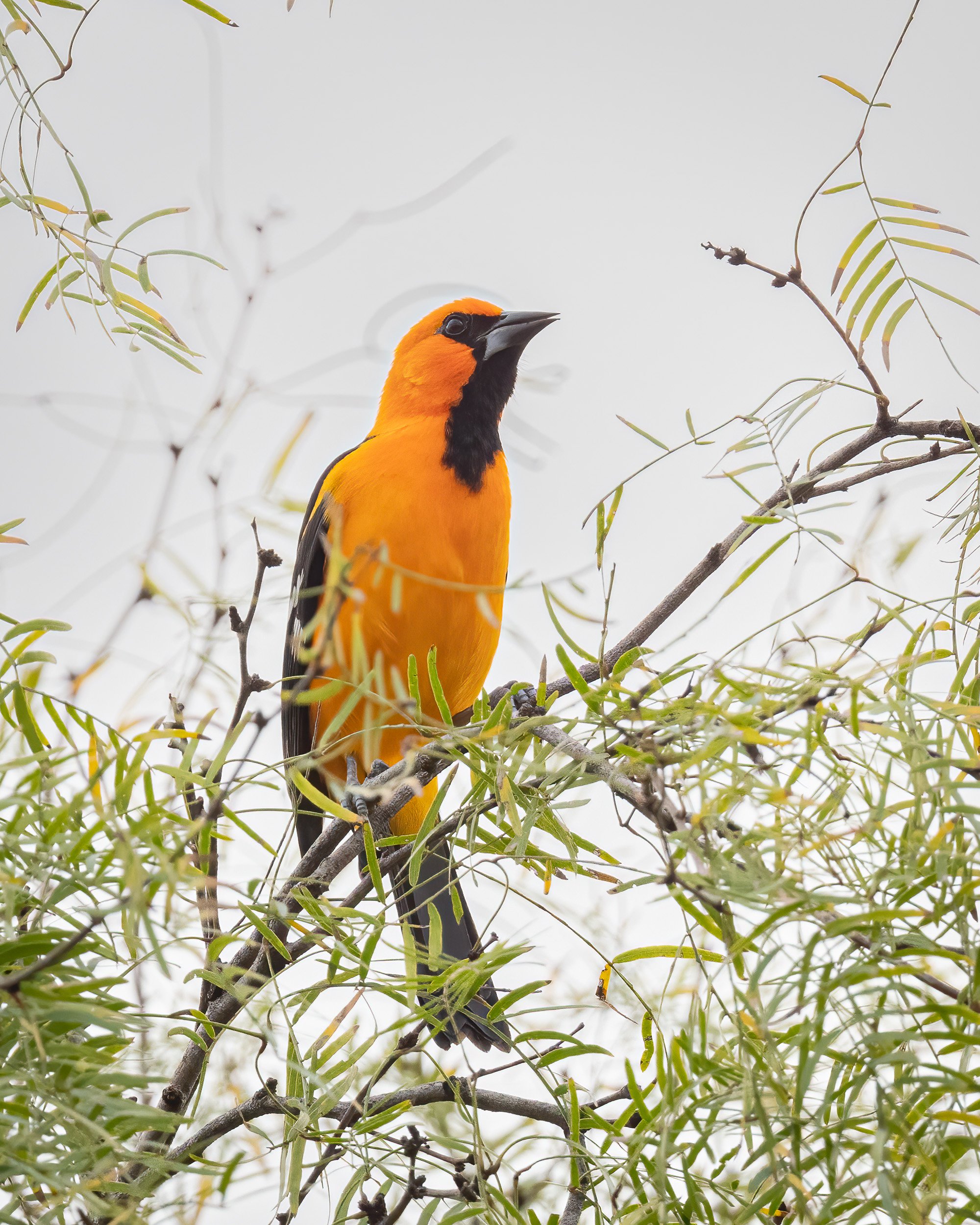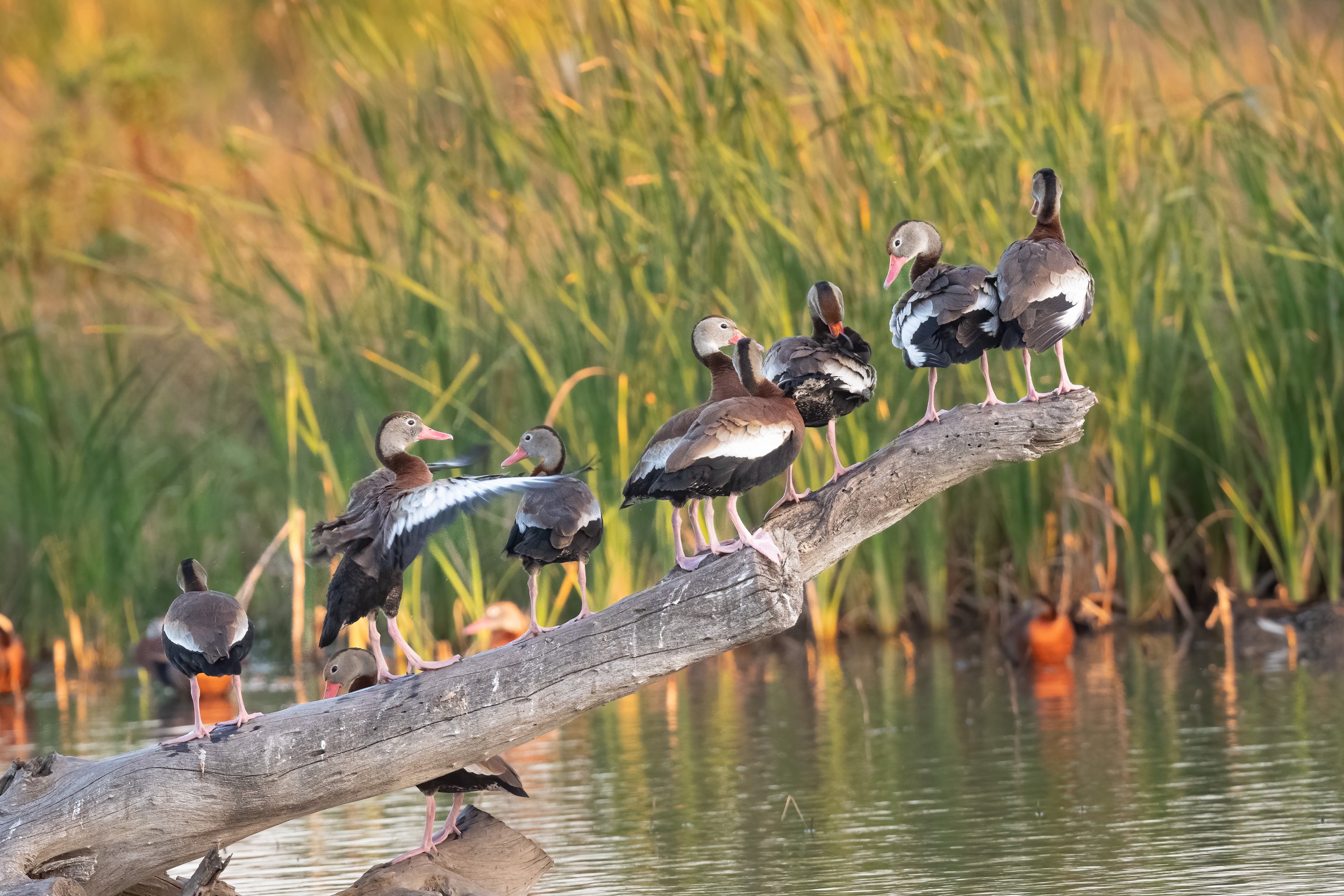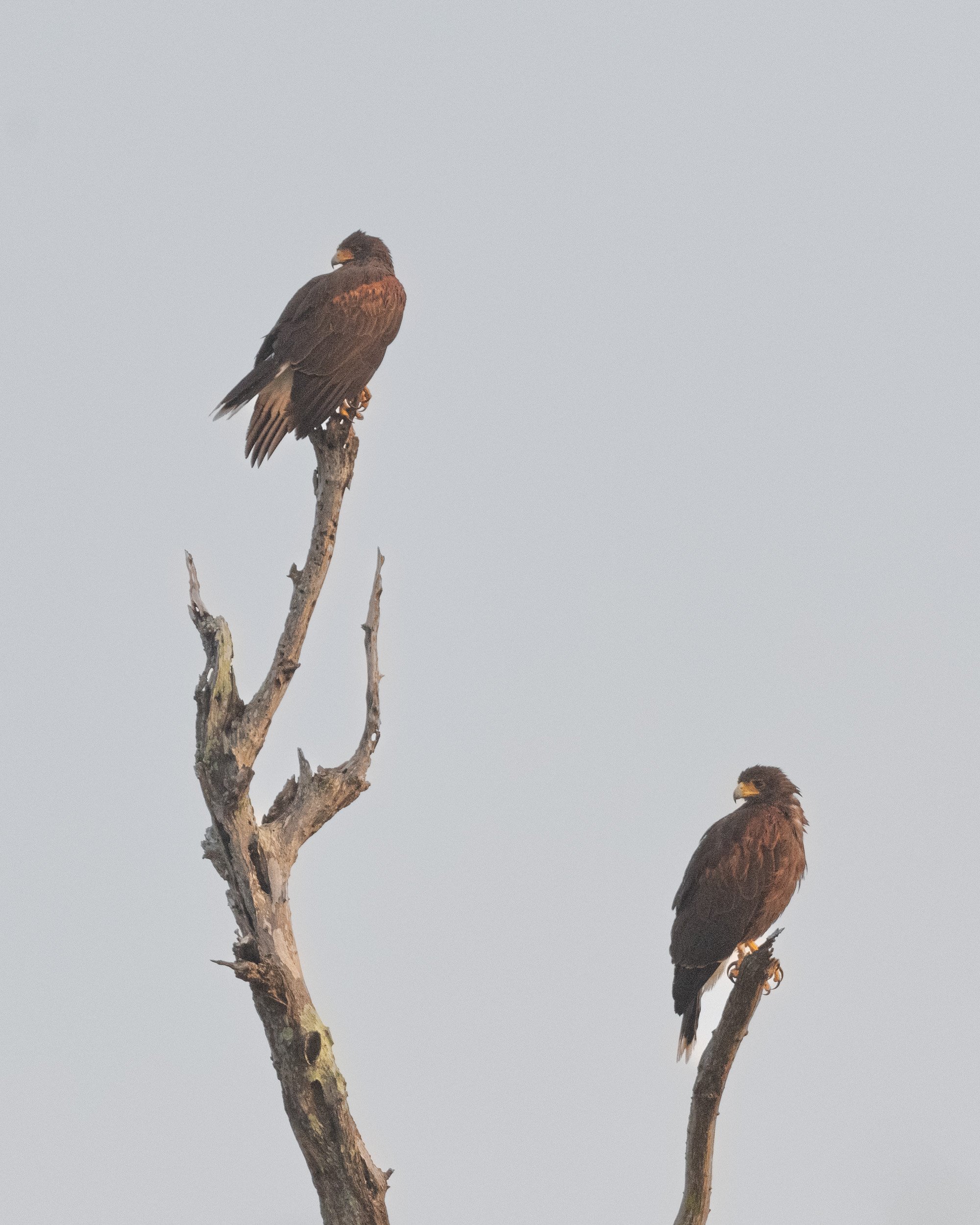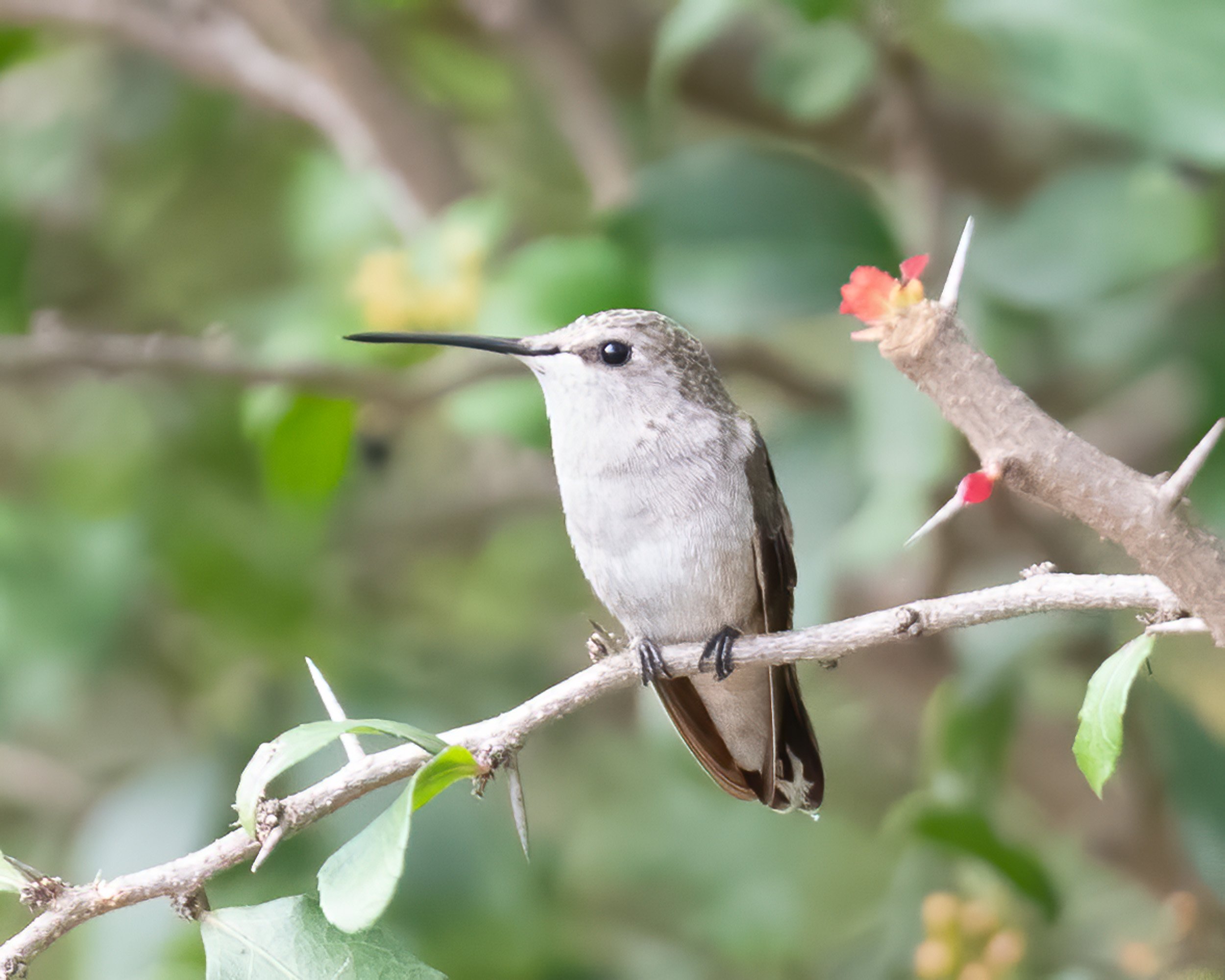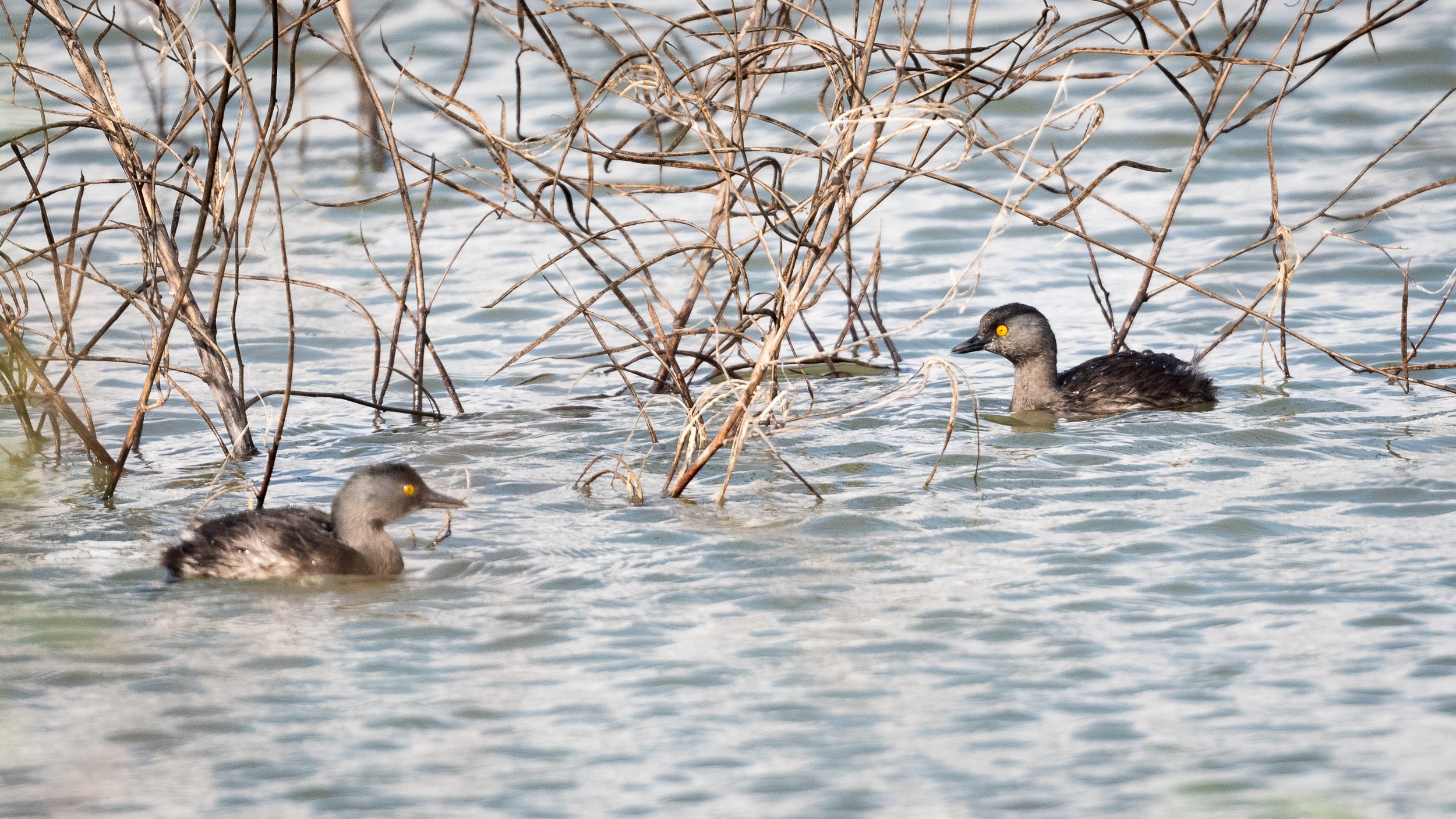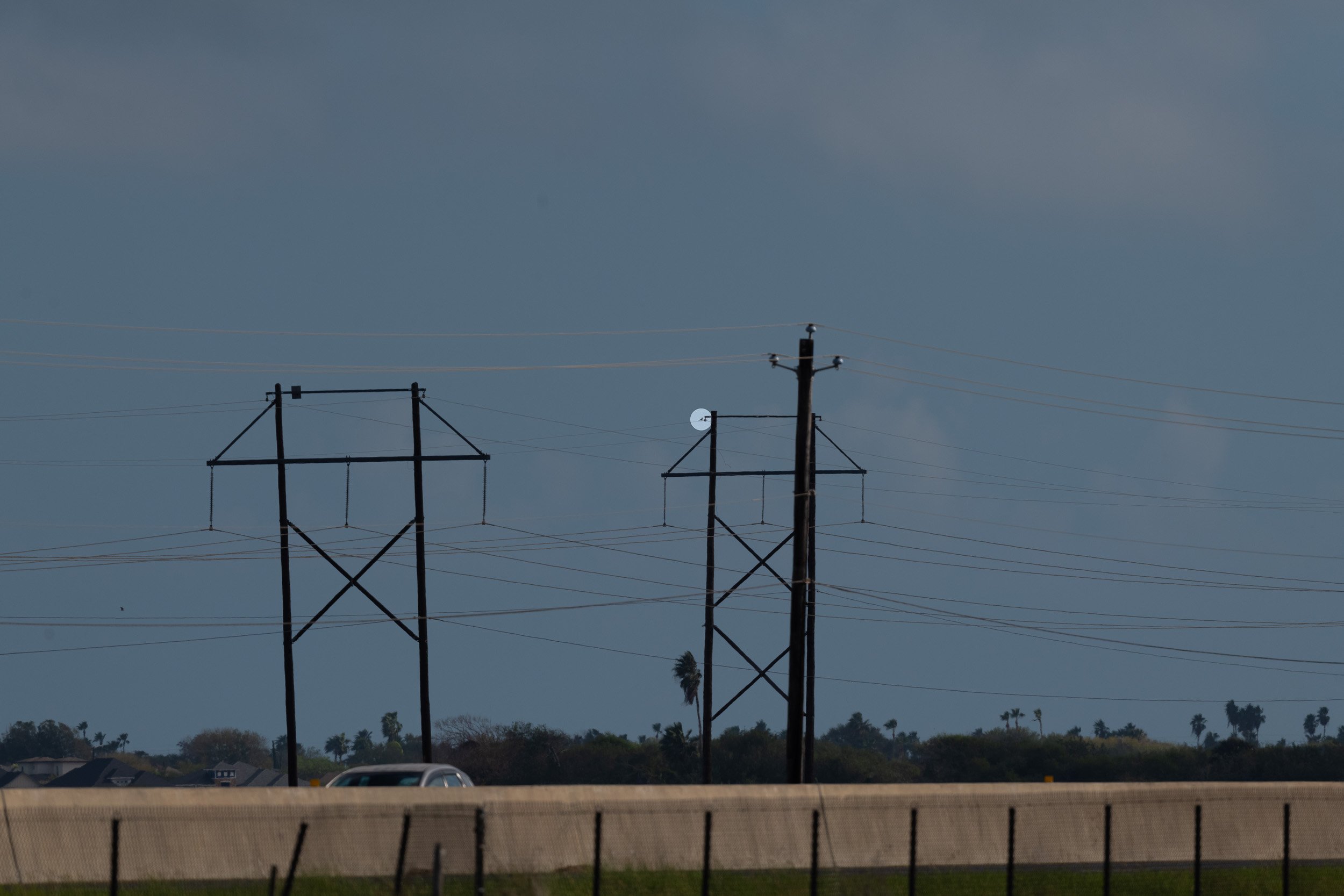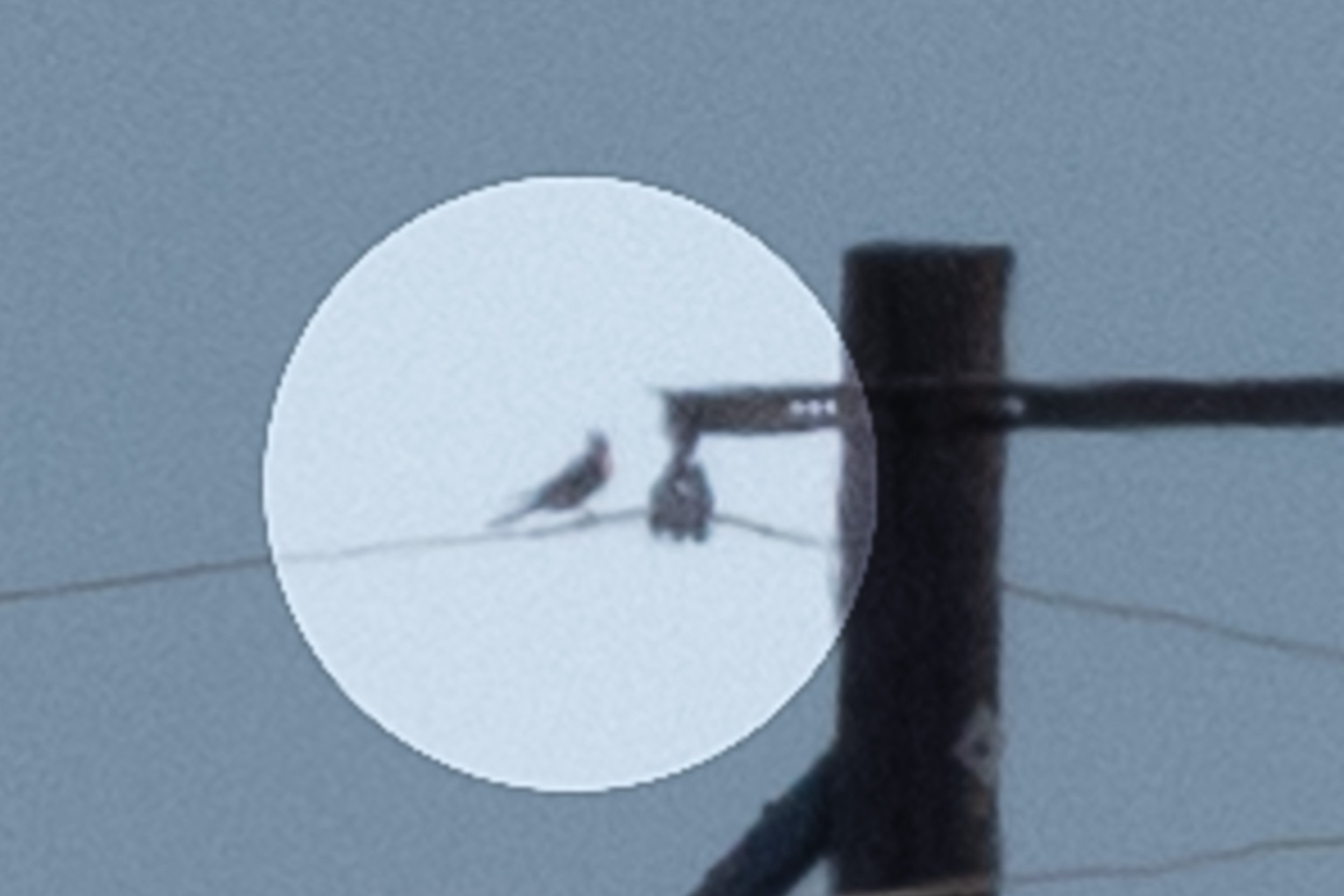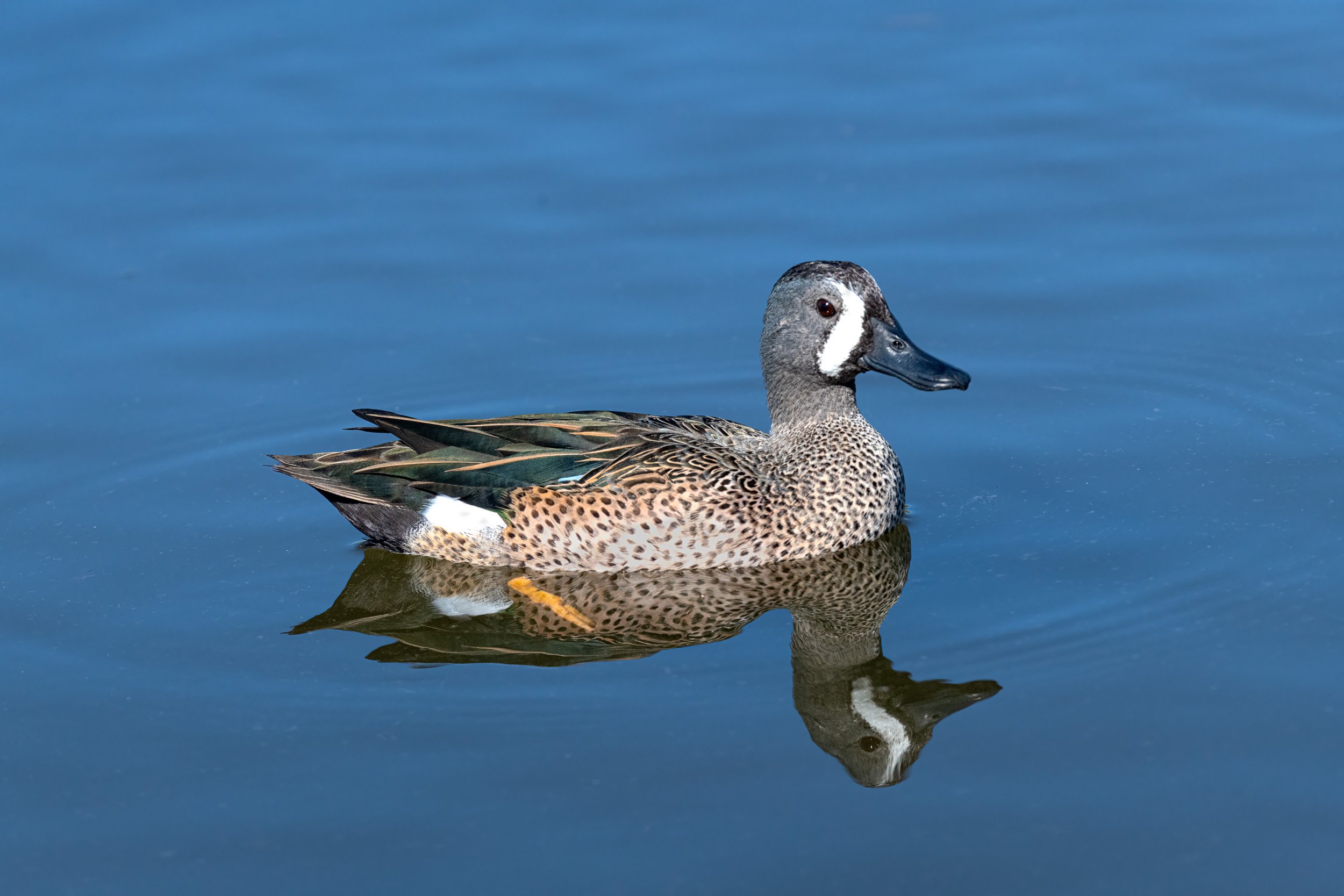Species number four-hundred came two and a half years ago, on June 23, 2020. As I boarded the flight to Brownsville, Texas, on December 7, 2022 my life list was up to 499, teetering on the edge of five hundred with just one new bird to go. There are not many sure things in life, but I felt pretty confident that as long as I actually made it to south Texas, it would be almost impossible not to find number five-hundred, and hopefully many more. The South Padre Island area, both the coast and the inland areas in the Rio Grande Valley are true birding hotspots, with dozens of native species as well as a steady stream of rarities wandering up from Mexico and Central America. But most importantly, it is a place I had never visited previously, so even some of the most common species were new to me.
As expected number five hundred did not take long. Our first stop was the Sabal Palm Sanctuary, which — as we learned the hard way — is closed just one day per week on Wednesdays, which of course was when we arrived! Despite the rocky start, we spotted a white raptor on the drive back out to the main road, and the elegant white-tailed kite became my five-hundredth species!
Species #500, a white-tailed kite
From Sabal Palm, we traveled to an unlikely birding hotspot, the campus of the University of Texas Rio Grande Valley (“UTRGV”), in search of a social flycatcher. The social flycatcher is common in Mexico and South America, but to our knowledge, the population in the United States is exactly one. As we walked around the busy campus with our binoculars and long lenses, I began to doubt that we had any chance of finding this one bird, but then Ron spotted it just as advertised, loosely associating with some Couch’s kingbirds — also a new bird for me — near the book store. As proof of the fallibility of memory, it was only when I noticed that my species tally failed to increase that the social flycatcher was actually not a new bird for me. I saw one several years earlier in Costa Rica and had completely forgotten.
Social flycatcher - a bird I thought was new but wasn’t
With the social flycatcher checked off our target list, we traveled west to the National Butterfly Center (“NBC”), an amazing spot in Mission, Texas for both birding and, as the name suggests, “butterflying.” Yes, there is a butterfly equivalent to birding. Another visiter asked me if I had seen any “lifers,” bird-speak for a species one has never seen before. I quickly realized she was talking about butterflies, not birds! And although I wasn’t keeping track, I did, in fact, see several new butterfly species, including this rare and very stealthy white angled sulfur.
White Angled Sulfur (Anteos clorinde) — and I thought birds were hard to spot.
No birding trip to South Texas would be complete without taking time to admire the vibrant and charismatic green jays.
Day Two took us to Bentsen-Rio Grande State Park in search of, among other things, hook-billed kites, a tree snail-eating specialist with only a handful of individuals in the United States. After five hours scanning the trees and sky, we gave up, only to learn that another birder spotted five from the viewing platform we had left just twenty minutes earlier. Oh well. Such is birding. From Bentsen, we went back to NBC, just a few miles away, in search of the tiny northern beardless tyrannulet. Although we were unable to find one of the thirteen or so hawk-sized hook-billed kites at Bentsen, we quickly found the single diminutive tyrannulet at NBC.
Northern Beardless Tyrannulet - many flycatcher species have short, hair-like feathers called rictal bristles at the base of their bill, which are sometimes called the flycatcher’s “beard.” The tyrannulet lacks rictal bristles, thus it is “beardless.”
Following the successful search for the tyrannulet, we traveled to Estero Llano Grande State Park looking for the stealthiest of all, the essentially invisible common pauraque (puh-ROCK-ee). A nightjar like whippoorwills and nighthawks, there are really only two ways to find these nocturnal birds as they roost on the ground during the day: either stumble upon one by pure luck, or have someone else stumble upon one by pure luck and then tell you exactly where it is. We used the latter approach, and even with the extremely helpful park naturalist literally drawing a diagram for us, it still took several minutes scanning the ground to find the bird.
Common Pauraque - the part angling down to his back is his long tail, which got hung up on the tree trunk behind him when he settled down to roost. What might look like his tail below is actually his folded wingtips — very strange birds, the nightjars.
Day Three began early with a second try for the hook-billed kites. This time our luck was better, and I managed to find one roosting in a tree about forty feet off the road. It took flight before my brain registered the lump at the end of the dead snag as a bird and not just part of the tree, and not just any bird, but a hook-billed kite. Fortunately we managed to get at least a brief look.
The elusive hook-billed kite - a top target and a life bird.
After successfully finding not only the hook-billed kites, but also a rare rose-throated becard at Bentsen, we visited Santa Ana National Wildlife Refuge where we found a pair of gorgeous cinnamon teal, least grebes by the dozens, and a wide variety of water fowl. We finished day three at Joe & Tony Oliveira Park, a small city park where the local parrot population comes in at night to roost. We found three different species, some of which have strayed north from their native range in Central America, while others are South American and African species whose Texas populations originated with escaped pets.
On our final day we traveled east to the coast, to South Padre Island, with a quick stop at Hugh Ramsey Park, where our most exciting find was not avian, but porcine: a small group of peccaries, also known as javelinas, a native species not to be confused with the invasive and highly destructive feral pig population that is so problematic in Texas.
On South Padre Island we birded the South Padre Island Birding, Nature Center, and Alligator Sanctuary, as well as the nearby mudflats where we saw elegant American avocets and black-necked stilts, plus many shorebird species including my first snowy plover, a bird that has evaded me on several occasions. Our last destination, thanks to a local birder, was a fishing spot along the highway where we were fortunate to find our final two targets, gull-billed terns and a single, eleventh-hour long-billed curlew that we located just minutes before we had to head to the airport.
All tallied, it was almost twenty miles on foot to find a whopping 144 species and thirty life birds for me. Those of you who are into this sort of thing can also check out my complete trip report on eBird. The photos below are just a sampling of the species we saw, but this post is already too long, and too overdue, so, more to come!




